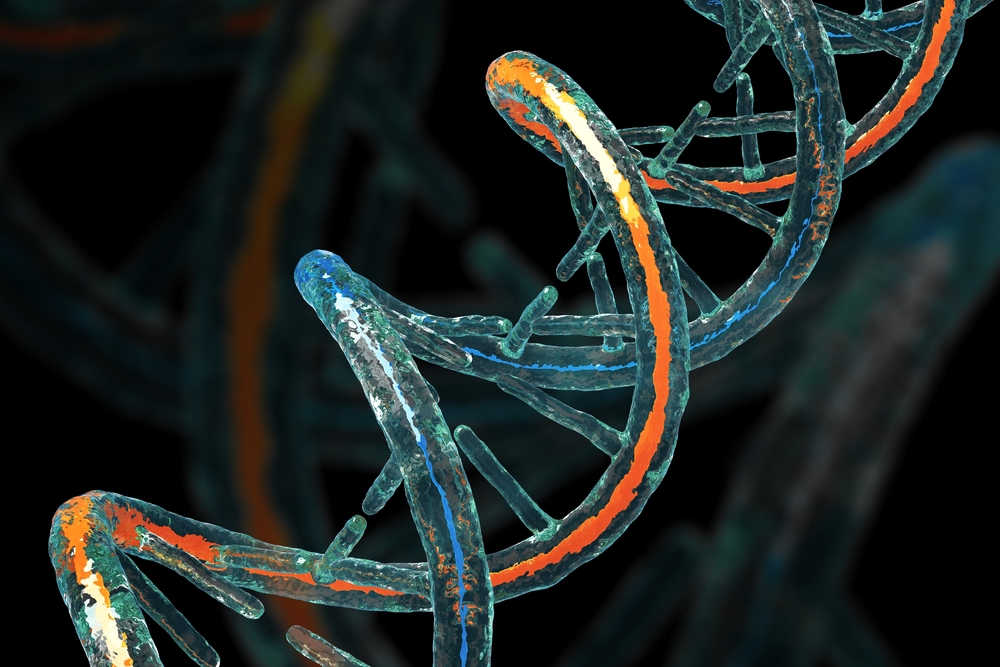Frataxin Gene Required for Genome Stability in Friedreich’s Ataxia Cells, Study Finds
Written by |

Researchers at the College of Health & Life Sciences in London have identified a mechanism that may lead to neurodegeneration in Friedreich’s ataxia (FA) patients, and which could be a possible target for novel gene therapies.
Their study, “Lentivirus-meditated frataxin gene delivery reverses genome instability in Friedreich ataxia patient and mouse model fibroblasts,” published in the journal Gene Therapy, shows that frataxin, a protein that is deficient in FA patients, is involved in DNA-damage repair mechanisms, and its deficiency renders the cells highly susceptible to DNA-damaging agents, resulting in cell death.
In 96 percent of Friedreich’s ataxia patients, the frataxin gene shows the expansion of a particular repeat that results in decreased production of the frataxin protein. Since frataxin is involved in the mitochondrial energy production process, decreased expression of this protein often results in the death of high energy demanding cells, such as neurons or muscle cells, often leading to neurological and cardiac symptoms.
In fact, the longer the repeat size — which correlates with decreased frataxin expression — the higher the severity of FA and the earlier of the onset of the disease.
In addition, frataxin-deficient cells have been shown to have increased levels of oxygen reactive species (ROS) and reduced capacity for DNA damage repair, resulting in increased DNA damage in these cells. However, the exact function of frataxin had not been fully understood.
The team examined cells derived from Friedreich’s ataxia human patients and from an FA mouse model and compared them with normal cells. They found that FA cells had increased DNA double-strand breaks, a type of DNA damage, compared to healthy cells.
However, using a gene therapy approach to deliver a functional frataxin gene to the cells, the investigators were able to reduce oxidative stress and restore DNA double-strand breaks to normal levels.
After submitting Friedreich’s ataxia cells to radiation-induced DNA damage, researchers observed these cells had an impaired DNA double strand break repair, which recovered upon frataxin gene transfer.
Although it is not clear whether frataxin is directly involved in DNA-damage repair mechanisms or in the maintenance of normal levels of ROS, it is clear that the protein is required for genome stability in Friedreich’s ataxia patients.
Using gene therapy that delivers the frataxin gene to highly affected cells may be a promising therapeutic approach in Friedreich’s ataxia patients.





